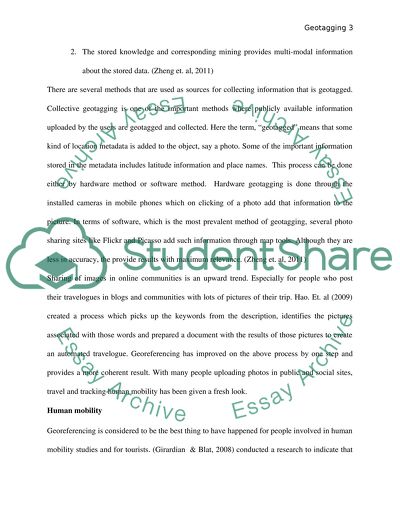Cite this document
(“Studying Human Mobility through Photograph Geo-Tagging Research Paper”, n.d.)
Retrieved from https://studentshare.org/family-consumer-science/1414306-studying-human-mobility-through-photograph-geo
Retrieved from https://studentshare.org/family-consumer-science/1414306-studying-human-mobility-through-photograph-geo
(Studying Human Mobility through Photograph Geo-Tagging Research Paper)
https://studentshare.org/family-consumer-science/1414306-studying-human-mobility-through-photograph-geo.
https://studentshare.org/family-consumer-science/1414306-studying-human-mobility-through-photograph-geo.
“Studying Human Mobility through Photograph Geo-Tagging Research Paper”, n.d. https://studentshare.org/family-consumer-science/1414306-studying-human-mobility-through-photograph-geo.


